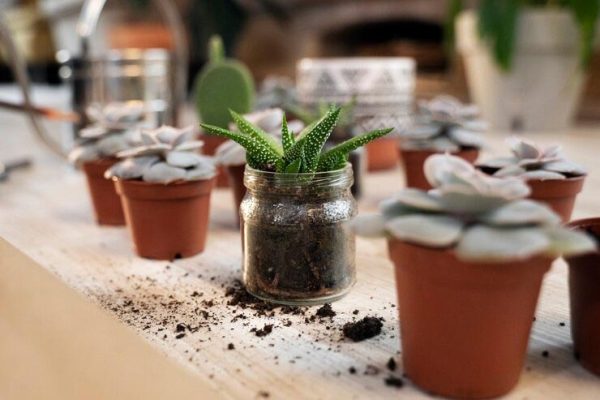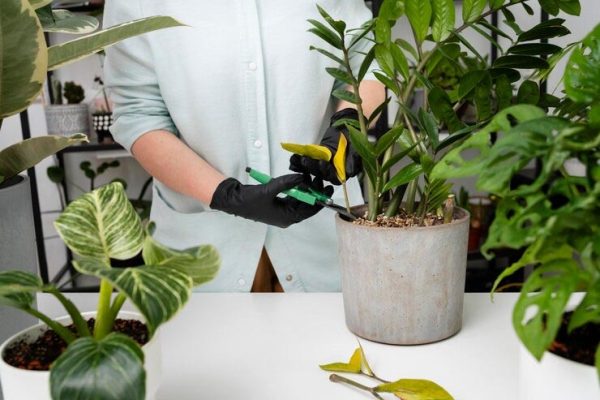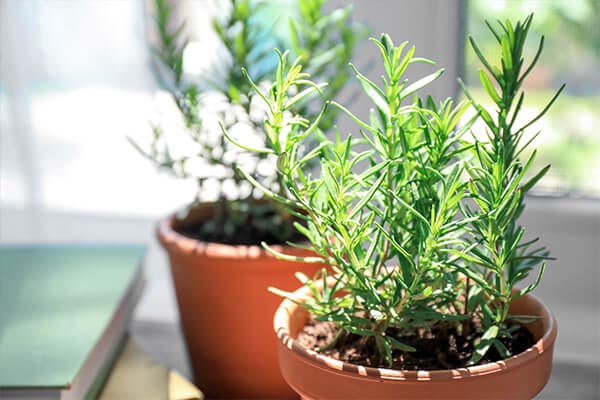
Green Magic: A Step-by-Step Guide to Creating Your Mini Garden at Home
Are you longing to bring a touch of nature into your living space? Creating a mini garden at home can be a delightful and rewarding endeavour, allowing you to cultivate a green oasis in even the smallest of spaces. In this blog post, we’ll take you through each step, from planning and selecting the right plants to maintenance tips for a thriving mini garden.
A Step-by-Step Guide to Creating Your Mini Garden at Home
Step 1: Plan Your Mini Oasis

Before you start digging in the dirt, take a moment to plan your mini garden. Consider the available space, sunlight exposure, and your personal preferences. Are you envisioning a succulent haven, a floral paradise, or a herb haven? Planning will help you make informed decisions about the types of plants that will thrive in your chosen space.
Also Read This : Revitalize Your Garden Tools: Easy Methods to Remove Rust with Expert Tricks
Step 2: Pick Your Plants

Selecting the right plants is a pivotal step in ensuring a thriving garden. Some enthusiasts meticulously study catalogues for months, while others find inspiration at the local garden centre, choosing whatever captures their attention. Whichever method you prefer, the key is to opt for plants that are well-suited to your climate, soil, and sunlight conditions. You can also explore online resources to find and purchase the perfect plants for your garden.
For beginners, here are some easy-to-grow plants across different categories:
Annuals Plants:
- Calendula
- Cosmos
- Geraniums
- Impatiens
- Marigolds
- Sunflowers
- Zinnias
Also Read This : Elevate Your Bedroom Ambiance with These Breathtaking Plants
Perennials Plants:
- Black-eyed Susans
- Daylilies
- Lamb’s ears
- Pansies
- Phlox
- Purple coneflowers
- Russian sage
Also Read This : Elevate Your Home With These Gorgeous Golden Houseplants for a Royal Touch
Vegetable Plants:
- Cucumbers
- Lettuce
- Peppers
- Tomatoes
These plants are beginner-friendly and diverse, offering options for colourful blooms, foliage, or even homegrown produce. Make your plant choices wisely, considering your local conditions, and watch your garden come to life with vibrancy and beauty.
Also Read This : Choosing the Perfect Pot: Essential Gardening Tips for Selecting the Right Containers
Step 3: Gather Your Materials

Once you’ve determined your plant selections, it’s time to gather the necessary materials. From containers and soil to tools and decorations, we’ll provide a comprehensive list of what you’ll need to bring your mini garden to life. You don’t need a green thumb to get started – just the right supplies and a dash of enthusiasm.
Also Read This : Cultivating Fresh and Juicy Lemons in Pots – From Soil Preparation to Care
Step 4: Planting Techniques
Planting is where the magic happens. Learn the essential techniques for planting your chosen green companions, arranging them visually pleasingly, and ensuring proper care from day one. We’ll cover spacing, soil requirements, and watering tips to set the foundation for a flourishing mini garden.
Also Read This : Winter Plant Pruning: A Guide to Which Plants Should Be Left Untouched
Step 5: Maintenance Tips for Success
Like any garden, your mini oasis will require some maintenance to thrive. Discover simple yet effective tips for keeping your plants healthy and vibrant. From pruning to pest control, we’ll guide you on nurturing your mini garden and troubleshooting common issues.
Also Read This : Non-Blooming Plants for Stunning, Low-Maintenance Garden
Step 6: Water at the Right Time
To ensure the health of your seedlings, it’s crucial to prevent them from drying out, necessitating daily watering. Gradually reduce the frequency as the plants grow larger. Transplants also require consistent watering, typically every other day, until their roots establish themselves. Once established, the watering frequency depends on soil type, humidity, and rainfall. A general guideline is to start with once a week. Clay soil retains moisture longer than sandy soil, requiring less frequent watering.
Environmental conditions play a role, too; sunny and windy weather accelerates soil drying compared to more relaxed, cloudy days. If you need more clarification about when to water, assess the soil by feeling it 3-4 inches below the surface. If it feels dry, it’s time to water. When you do, ensure a slow and deep watering to allow the water to penetrate instead of running off. To minimize evaporation, it’s advisable to water in the early morning. These watering practices will provide optimal plant growth and vitality conditions.
Also Read This : Harmony and Healing: Vastu Tips for Placing Aloe Vera Plants in Your Home
Step 7: Enjoy Your Green Haven
As your mini garden grows and flourishes, take the time to savour the beauty and tranquillity it brings to your home. We’ll share ideas on incorporating your mini garden into your daily life, from creating a cosy reading nook to enjoying fresh herbs in your cooking.
Also Read This : Thriving Aquascape: Top 10 Aquarium Plants Your Fish Will Adore
Embark on creating your own home mini garden, and let the green magic unfold in your living space. With our step-by-step guide, you’ll soon be cultivating a haven of nature right at your fingertips. Happy gardening!
Also Read This : Growing Aloe Vera from a Single Leaf – Your Comprehensive Guide




